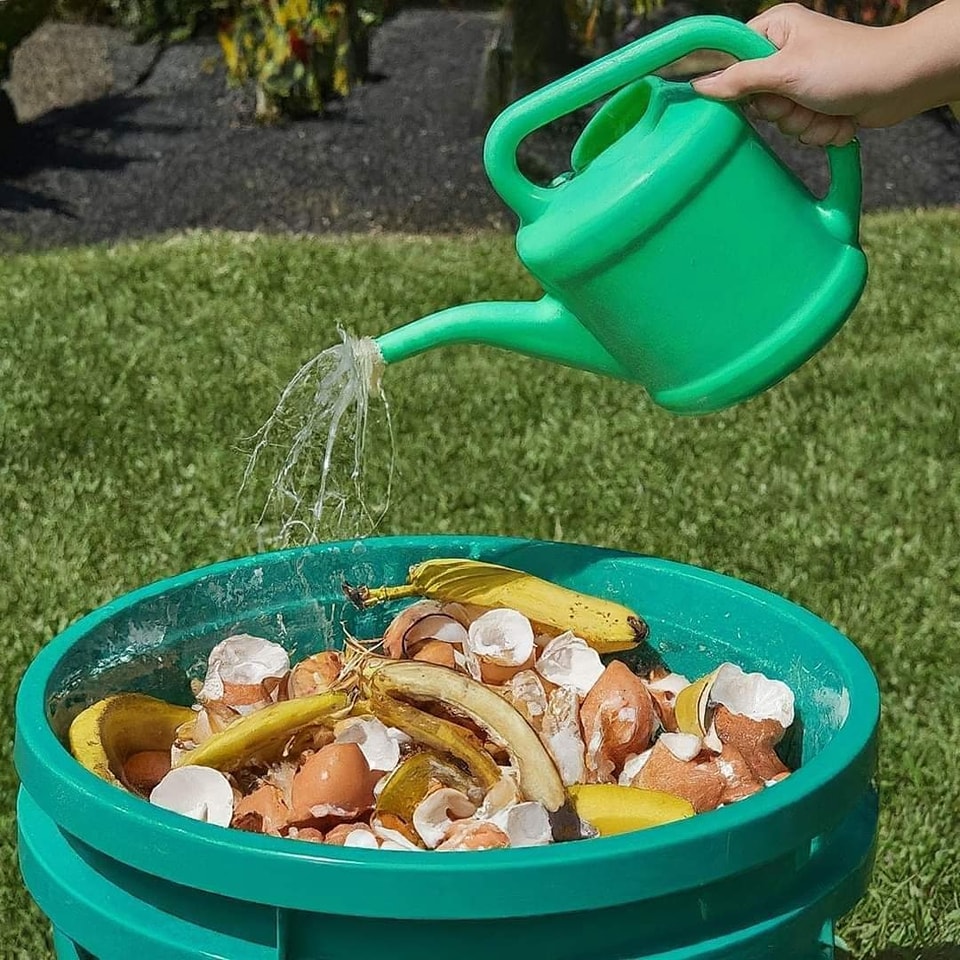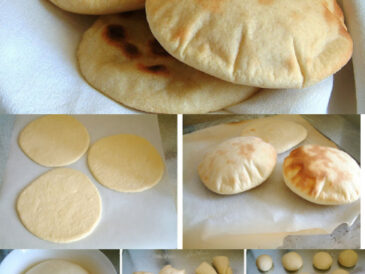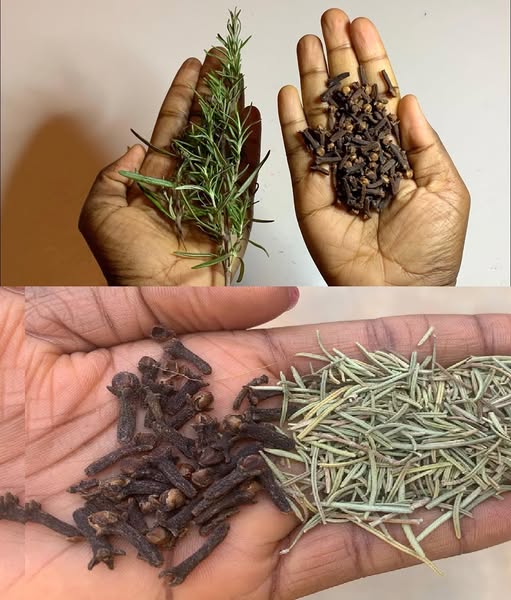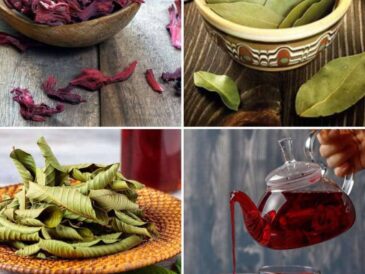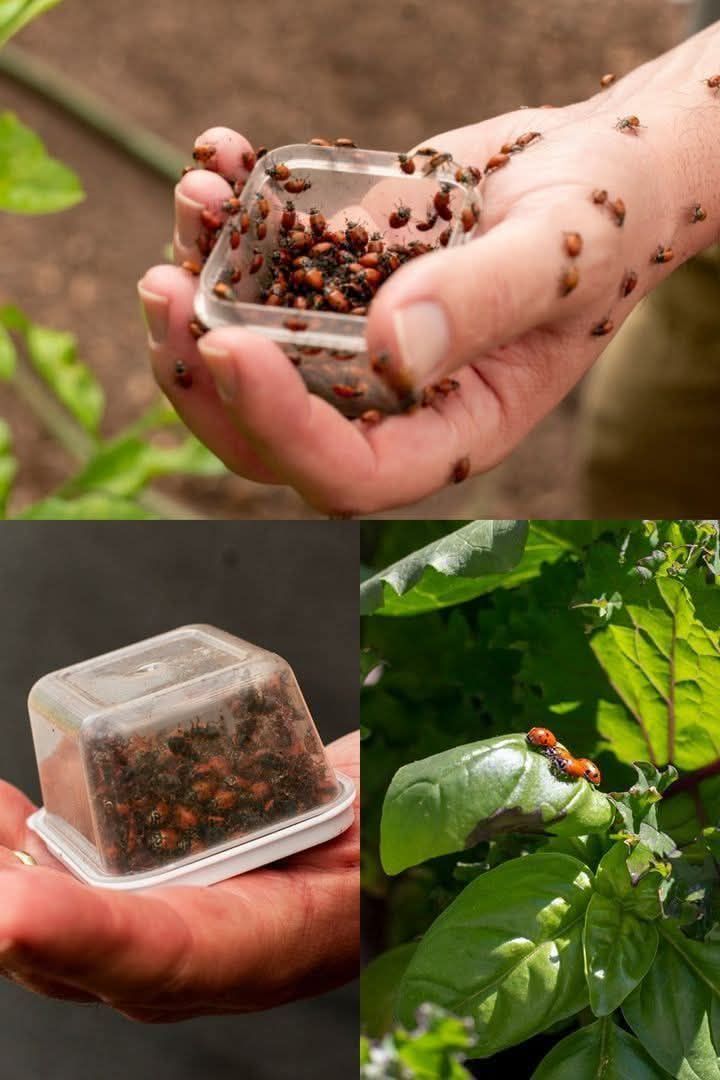Achieve 200% Higher Yields with Simple Organic Solutions
Looking to supercharge the growth of your onions, tomatoes, and peppers? Want to do it naturally, without spending a fortune on synthetic fertilizers? You’re in the right place.
Using simple kitchen waste—specifically banana peels and eggshells—you can create one of the most effective organic fertilizers. These homemade fertilizers can significantly boost your plant’s health, improve soil structure, and lead to a fruit yield increase of up to 200%.
Let’s explore exactly how to do this.
Why Banana Peel and Eggshell Fertilizer Works
Nature already provides everything your plants need to thrive. When you repurpose banana peels and eggshells, you’re using rich sources of essential plant nutrients—like potassium, phosphorus, and calcium—to feed your garden.
Let’s break down the benefits of each:
1. Banana Peels: A Natural Potassium Powerhouse
Banana peels are packed with:
- Potassium (K): Promotes flowering and fruiting, making it critical for plants like tomatoes, onions, and peppers.
- Phosphorus (P): Supports root development and enhances the plant’s energy transfer system.
- Magnesium & Manganese: These help with photosynthesis and enzyme activation.
In other words, banana peels help plants bloom better, grow faster, and produce more fruit.
2. Eggshells: The Ultimate Source of Plant-Available Calcium
Eggshells contain:
- Calcium (Ca): Vital for cell wall strength and preventing blossom end rot—a common issue in tomatoes and peppers.
- Trace Minerals: Including magnesium and phosphorus in small amounts, which support root development and nutrient absorption.
Crushed eggshells improve soil aeration and drainage while adding a slow-release source of calcium to the soil.
Step-by-Step Guide to Making and Using This Fertilizer
Now that you understand why banana peels and eggshells work so well, here’s how to make your own supercharged, all-natural fertilizer at home.
Step 1: Prepare the Banana Peel Fertilizer
Method A: Soil Amendment
- Collect banana peels (ideally ripe or overripe).
- Chop them into small pieces—this speeds up decomposition.
- Dig a small trench or hole around the base of your plants (about 2–3 inches deep).
- Bury the chopped banana peels and cover with soil.
Method B: Liquid Fertilizer (Banana Peel Tea)
- Cut banana peels into strips.
- Place them in a jar or bucket and fill with water (ratio: 1 banana peel to 1 cup of water).
- Let it sit for 3–5 days.
- Strain out the solids and pour the liquid directly around your plants.
✅ Pro Tip: You can blend banana peels with water for an instant liquid fertilizer. Use immediately!
Step 2: Prepare the Eggshell Fertilizer
- Rinse used eggshells to remove any egg residue.
- Let them dry completely—either sun-dry them or leave them indoors for a few days.
- Once dried, grind them into a fine powder using a blender, food processor, or mortar and pestle.
Fine powder is better absorbed by soil and roots than larger shell fragments.
Step 3: Apply the Eggshell Fertilizer
- Sprinkle the eggshell powder directly around the base of the plant.
- Gently mix it into the top layer of soil using your fingers or a small garden tool.
- Water the area to help nutrients begin seeping into the root zone.
Step 4: Combine Both for Maximum Power
For a balanced nutrient supply that promotes both vegetative and fruit growth:
- Mix chopped banana peels and crushed eggshell powder together.
- Bury the mixture near the plant roots (about 2–3 inches deep).
- Alternatively, add both ingredients to your compost pile or bin for a more complete, slow-release organic fertilizer.
Step 5: Application Frequency
- Monthly Application: For best results, apply this fertilizer once per month during the growing season (spring to early fall).
- You can use the banana liquid every 2–3 weeks as a booster.
- For container plants, reduce the quantity slightly to avoid buildup.
Additional Tips for Boosting Your Garden’s Productivity
Here are a few bonus pointers to take your onion, tomato, and pepper harvest to the next level:
1. Water Consistently
Uneven watering leads to split tomatoes and stunted peppers. Keep the soil evenly moist—never soggy or bone-dry.
2. Mulch Around Your Plants
Organic mulch like straw, grass clippings, or shredded leaves helps retain moisture, suppress weeds, and slowly feeds the soil.
3. Rotate Crops Annually
Don’t grow tomatoes or peppers in the same spot each year. Crop rotation helps prevent soil depletion and reduces disease risk.
4. Companion Planting
Grow basil, marigolds, or onions near your tomatoes and peppers. These plants repel pests and enhance growth.
The Results: A Healthier, More Productive Garden
By using banana peels and eggshells, you’re doing more than recycling kitchen waste. You’re creating a nutrient-rich ecosystem where your vegetables can thrive.
Here’s what you can expect:
- Larger, juicier tomatoes with vibrant color
- Healthier, firmer peppers that resist disease
- Onions with strong bulbs and faster maturity
- Fewer issues like blossom end rot and calcium deficiency
- A garden that keeps giving—without synthetic chemicals
A Cost-Free, Eco-Friendly Gardening Revolution
One of the best parts? This method is virtually free. Instead of throwing away banana peels and eggshells, you’re turning them into green gold for your garden.
You’re not only increasing yield—you’re protecting the environment, improving your soil health, and saving money.
Final Thoughts
If you’re serious about gardening, it’s time to rethink what “fertilizer” really means. Some of the most powerful plant nutrients are already in your kitchen scraps.
With a simple combination of banana peels and eggshells, you can naturally:
- Enrich your soil
- Nourish your plants
- Double or even triple your harvest
Your onions, tomatoes, and peppers will thank you with lush leaves, strong stems, and a delicious bounty.
Ready to Grow More?
Get started today. Save your banana peels and eggshells, follow the steps above, and enjoy a bountiful harvest all season long. Happy gardening!

